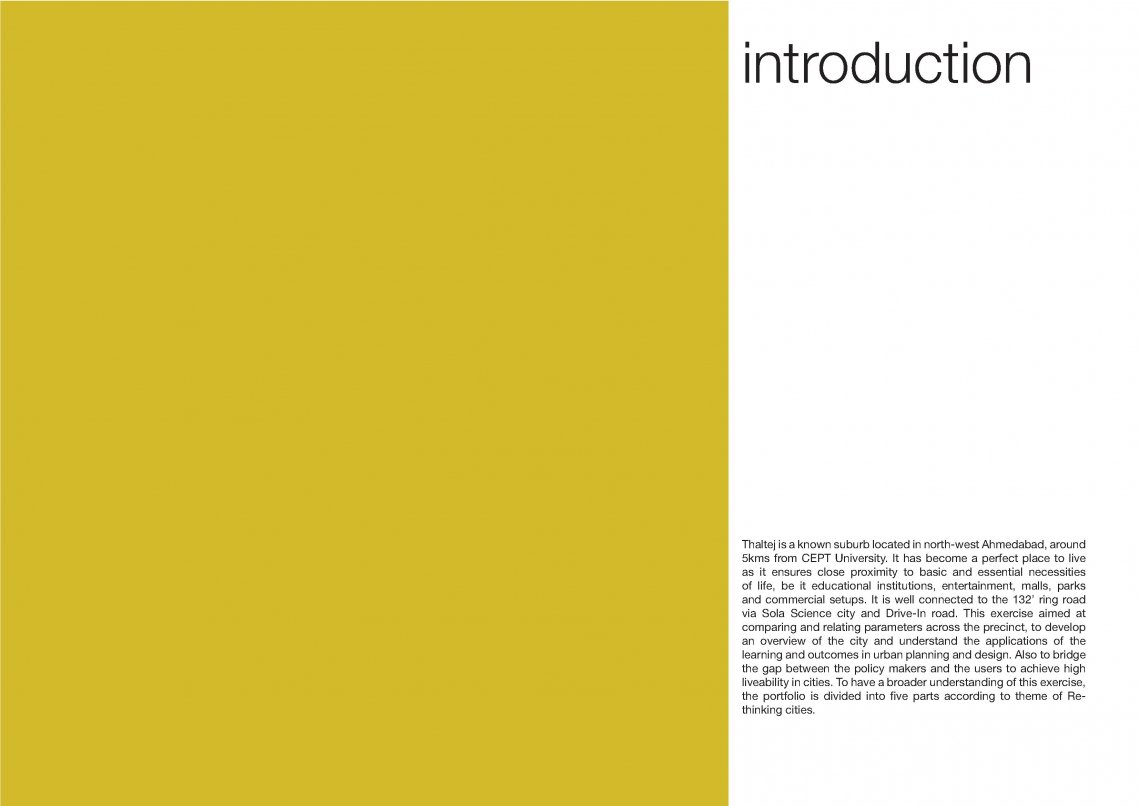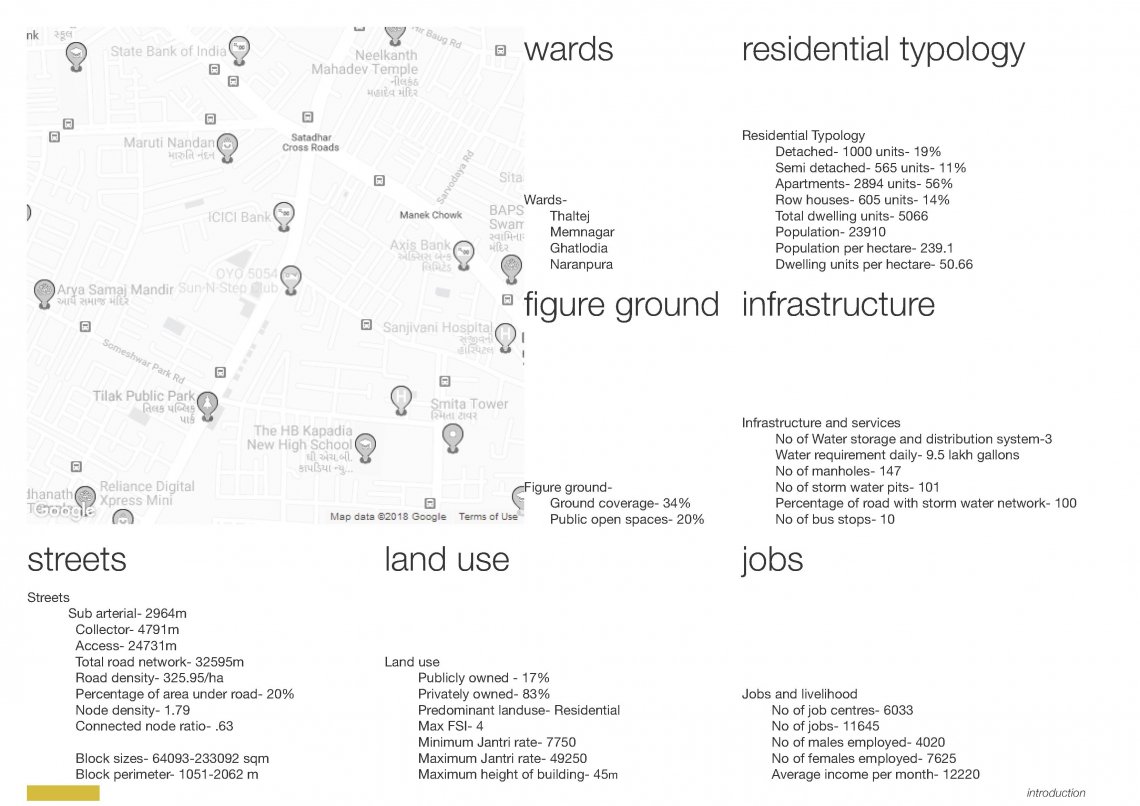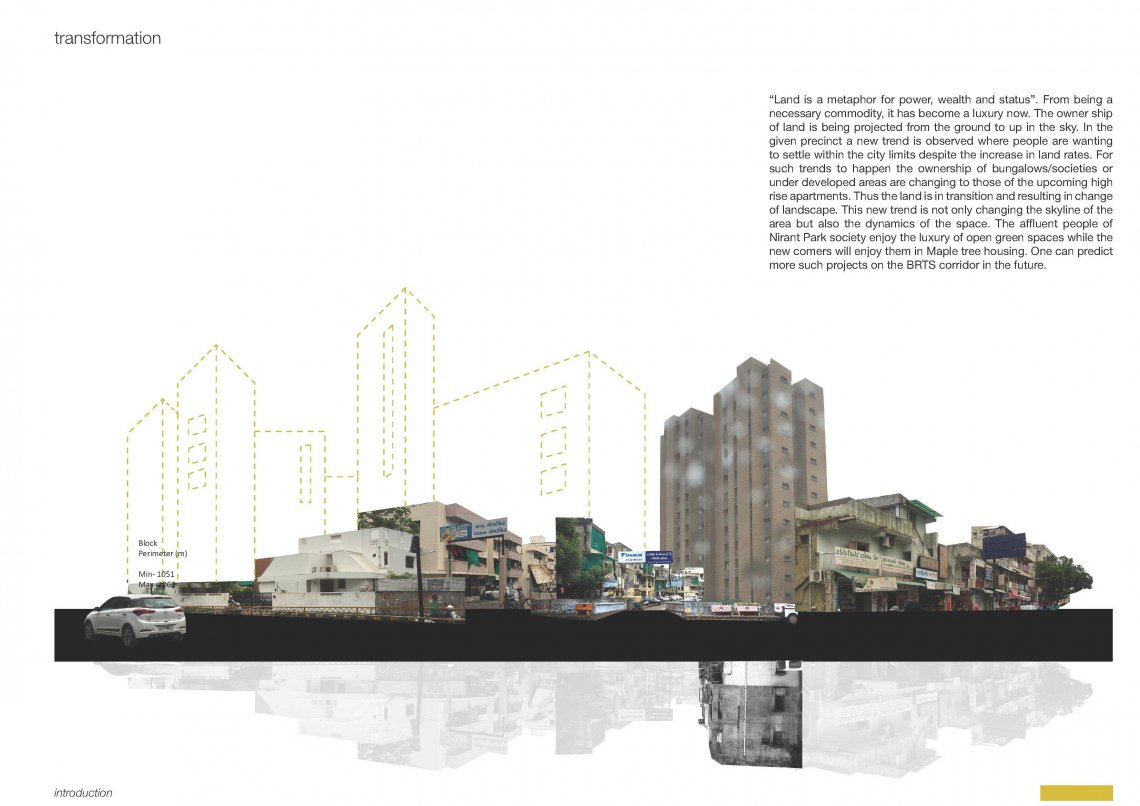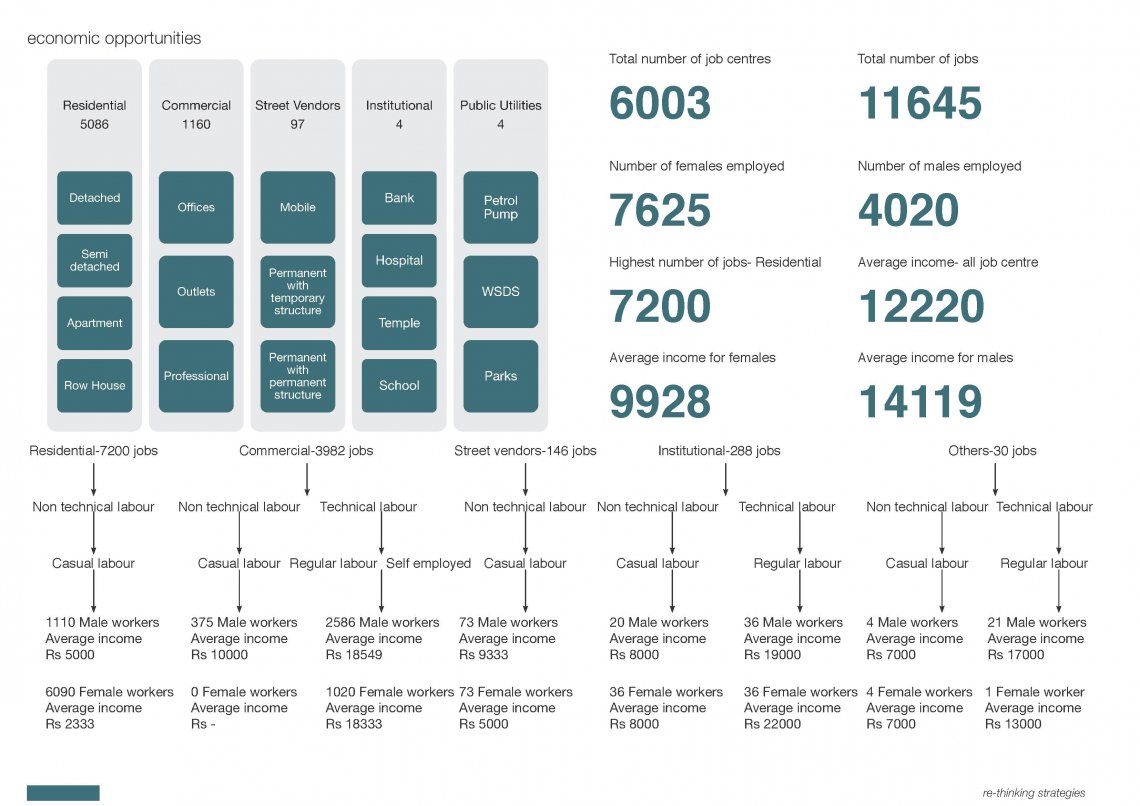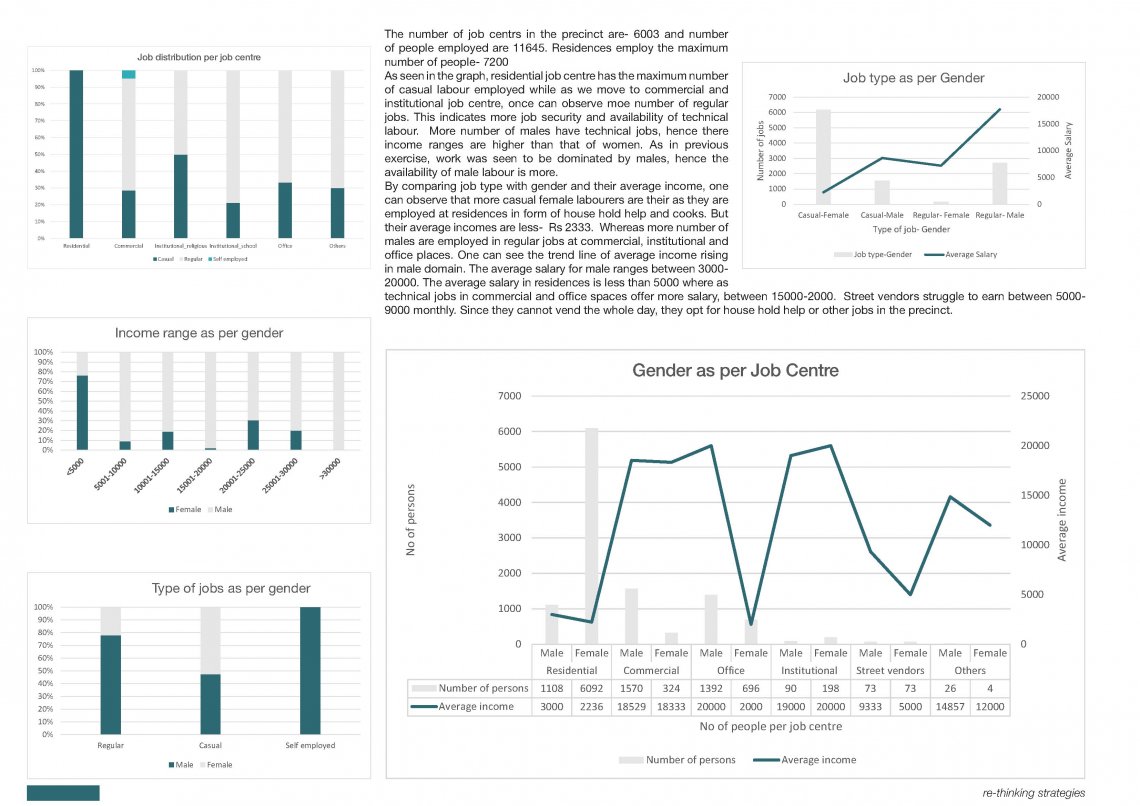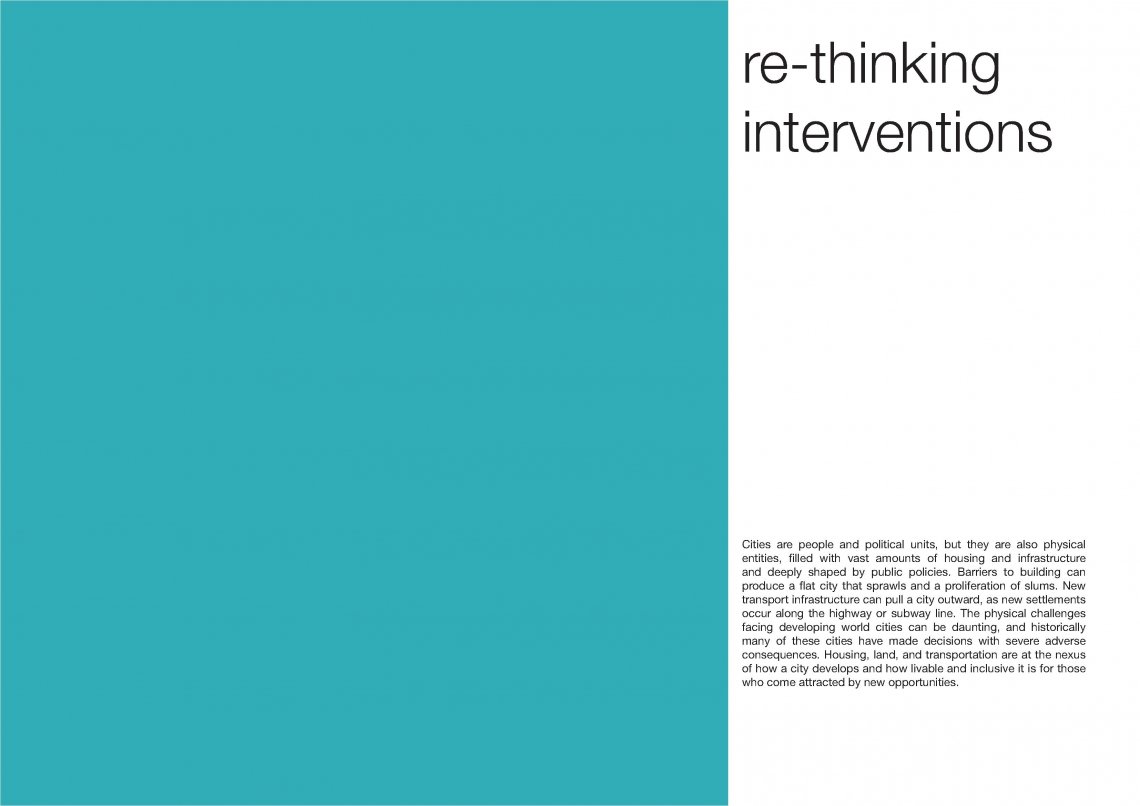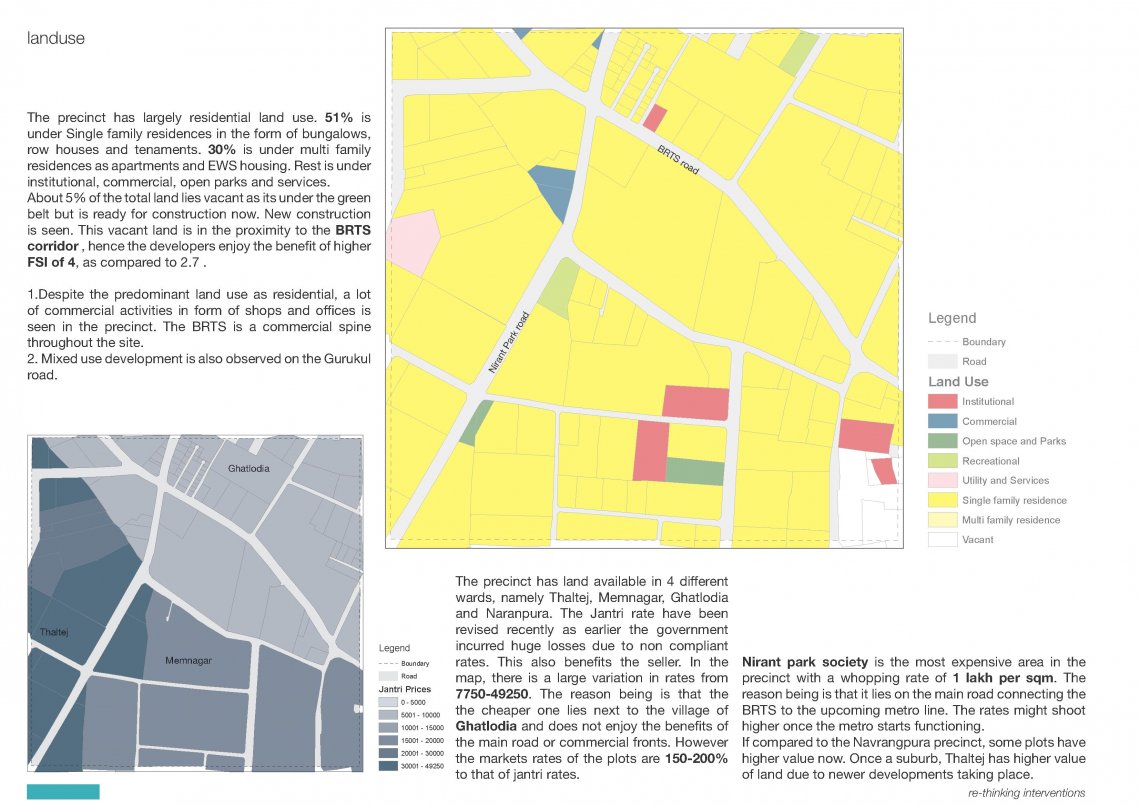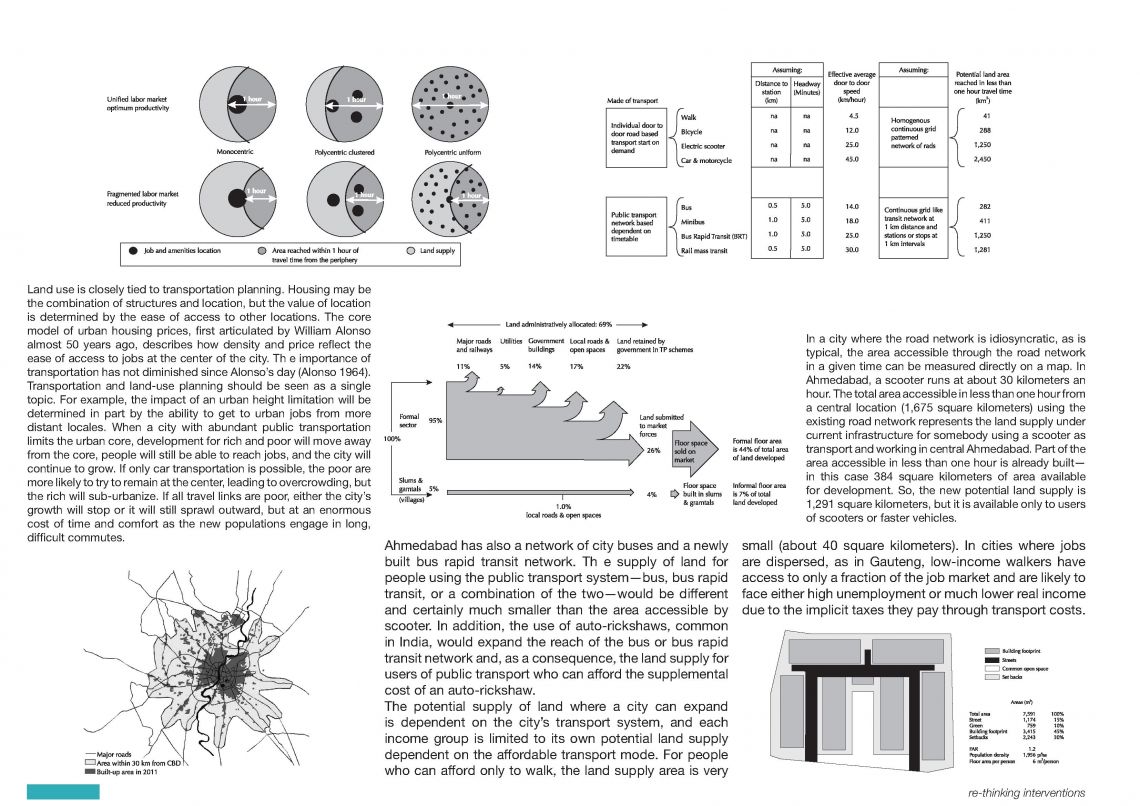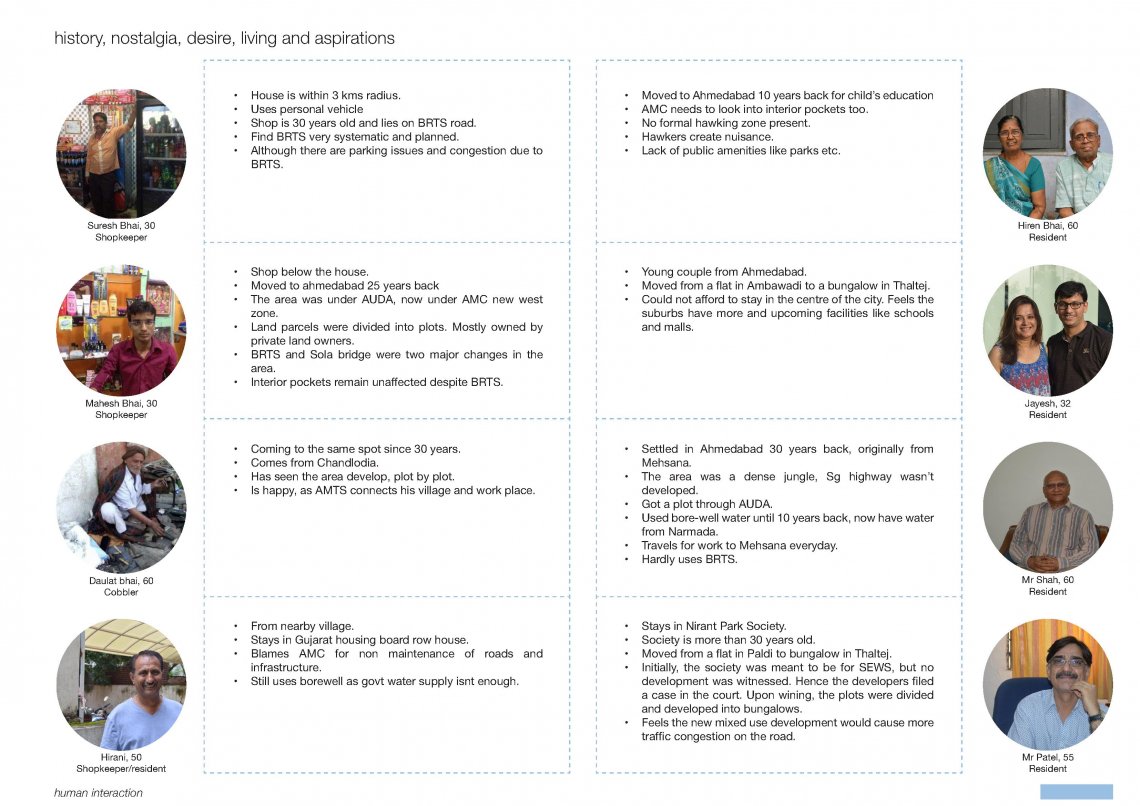Your browser is out-of-date!
For a richer surfing experience on our website, please update your browser. Update my browser now!
For a richer surfing experience on our website, please update your browser. Update my browser now!
Some three billion people will move into cities by 2030. The vast majority of this demographic shift will take place in developing countries. Urbanization is undoubtedly a key driver of development— cities provide the national platform for shared prosperity. But urbanization also poses enormous challenges—congestion, air pollution, social and economic divisions, crime and violence, the breakdown of public services, and creation of the slums that 1 billion urban residents call home. It is clear that cities have not performed as well as can be expected in their transformative role. But they have enormous potential to lift millions out of poverty and become hubs of knowledge, innovation, and entrepreneurship. How do we empower city leaders to harness the unprecedented urbanization taking place today and address the vast inequalities of access and opportunity that cities present? How do we avoid the mistakes of the past to ensure that the aspiring cities of the developing world grow in a way that is inclusive, equitable, and sustainable? Business as usual is not an option. So, what should be done—and why do we need to get it right? Why Rethink Cities? “The most remarkable social phenomenon of the present century is the concentration of people in cities”. Yet when Weber wrote, populations remained predominantly rural, even in wealthy countries, and poorer nations were overwhelming rural, as they had been for millennia. At the end of the 20th century, the developed world was overwhelmingly urban, but more than 60 percent of the populations of Africa and Asia were still rural (United Nations 2001). The 21st century has already witnessed the halfway point where more than 50 percent of the world’s population is now urban, and in this century, almost every nation is likely to become predominantly urban. The great transition from farm to city is filled with economic, social, and political promise. Few countries have transitioned from poverty to prosperity without urbanizing. The concentration of people in cities can offer both economic opportunity and the chance for social change toward a more open, innovative, inclusive, and democratic society. The easy spread of knowledge within dense areas does not just enable computer programmers to enter the global economy, it also enables the spread of new ideas about equality and opportunity and gives voice to multiple and diverse stakeholders, who are the lifeblood of political reform. While urbanization can mean economic dynamism, inclusion, and democracy, it also creates enormous challenges, and the difficulties of urban life are magnified when the public sector is weak. Urban proximity enables the exchange of bacteria just as easily as the exchange of new thoughts. It took centuries for the cities of the West to become places of good health, rather than contagious disease, but congestion and high housing prices continue to bedevil the world’s more prosperous urban places. The cities of poorer nations, especially those with more problematic public sectors, remain beset by enormous challenges. Despite these difficulties, urbanization will, and should, continue. Widespread prosperity seems much more likely to emerge from new cities than from the farms of the less developed world. The right response to the challenges of urban life is not to try to confine aspiring urbanites to rural poverty, but to defeat the demons that come with density. There are no easy solutions. The cities in developed countries acquired clean water only through massive expenditures on infrastructure. In American cities, the battle against crime seemed unwinnable just two decades ago. Long commutes and expensive housing infect almost every thriving city. But even if the great problems of urban life cannot be simply solved, there are better—and worse—policy approaches to these problems. Human history provides hard-won knowledge on how to make cities more liveable. There are many different plausible approaches to understanding urban solutions. One approach emphasizes clearly defined public sectors—such as transportation, police, and public health—and focuses on solutions in each sectoral silo. Yet some problems—such as economic vitality and quality of life—span sectors and require solutions outside any one area of public intervention. Therefore, a second approach might start with clearly defined objectives, such as longevity and economic prosperity, but these can be too broad, and different fields often differ in their approaches. This portfolio is also the city’s collective narrative through stories of its people. Different stories that assimilate the city, falling serendipitously into compartments to encompass its history. An endeavour that has sifted through the city to bring forth stories about the mujawar at Ahmed Shah’s tomb, the scion of the city’s oldest philanthropic family, a refugee community that now calls the city home, the significant kitli culture, entrepreneurs who have made the economy of the city tick, internet sensations who have revived the love for food among youth, a museum that talks about conflict, a bookseller at the city’s famous ravivari and many more often we take the city we dwell in and the life around us for granted. This exercise is an attempt to pause, listen and reflect. To let the city and its people reveal some untold stories.
